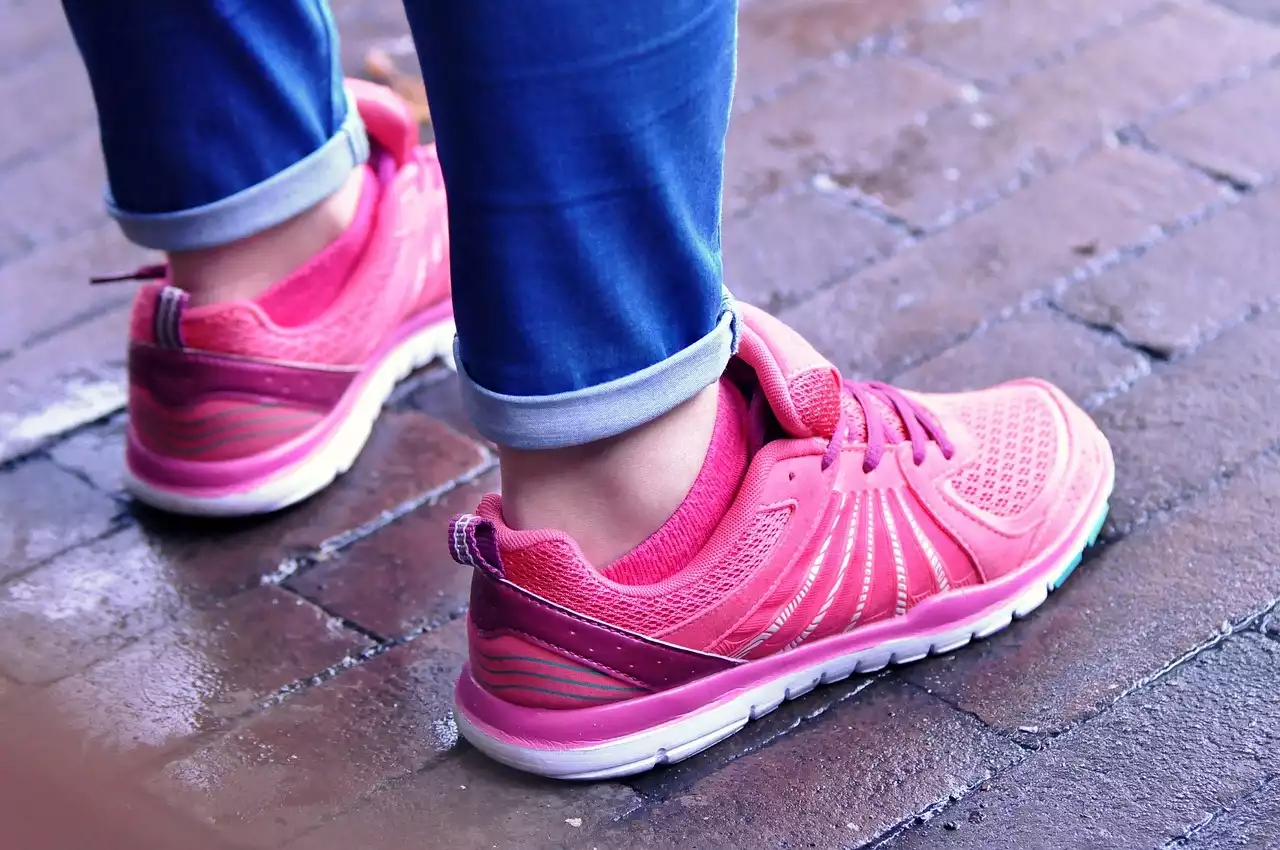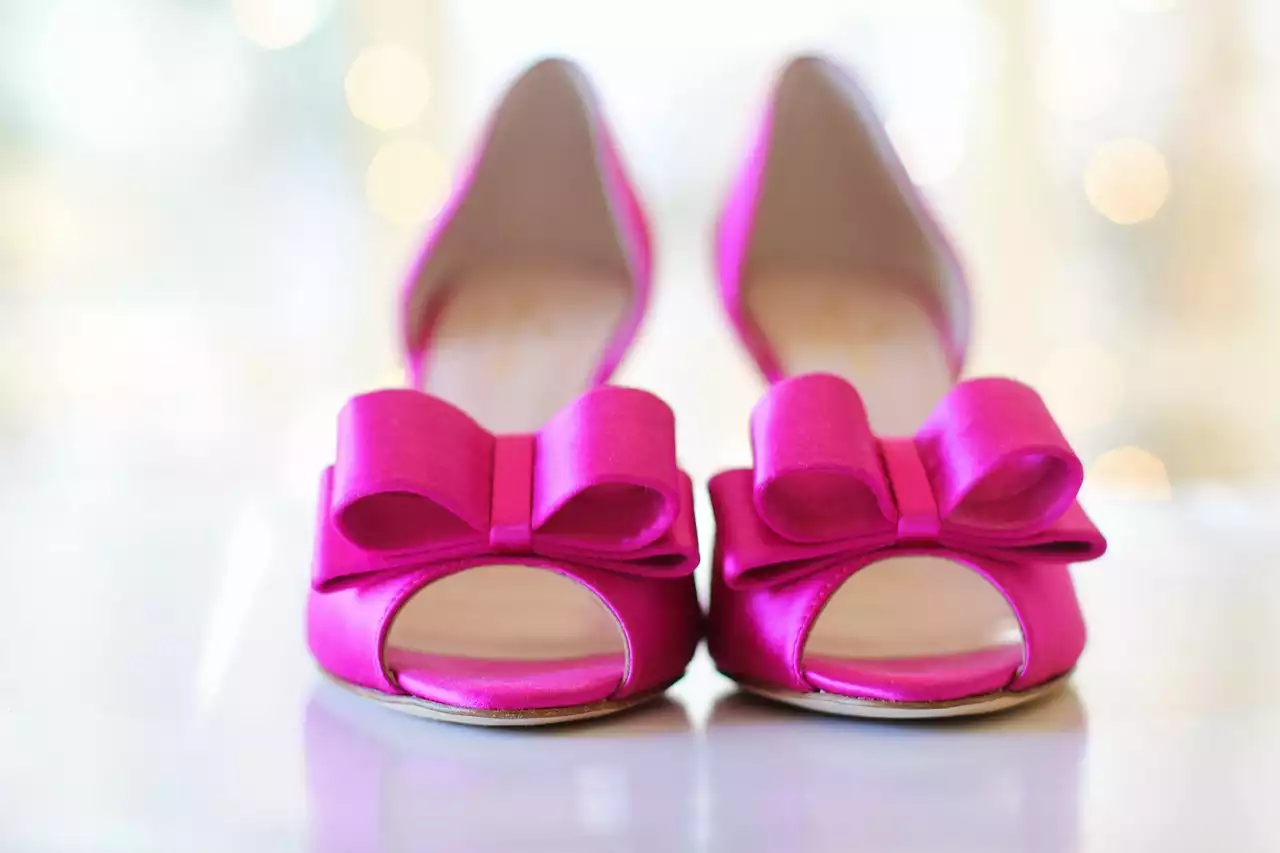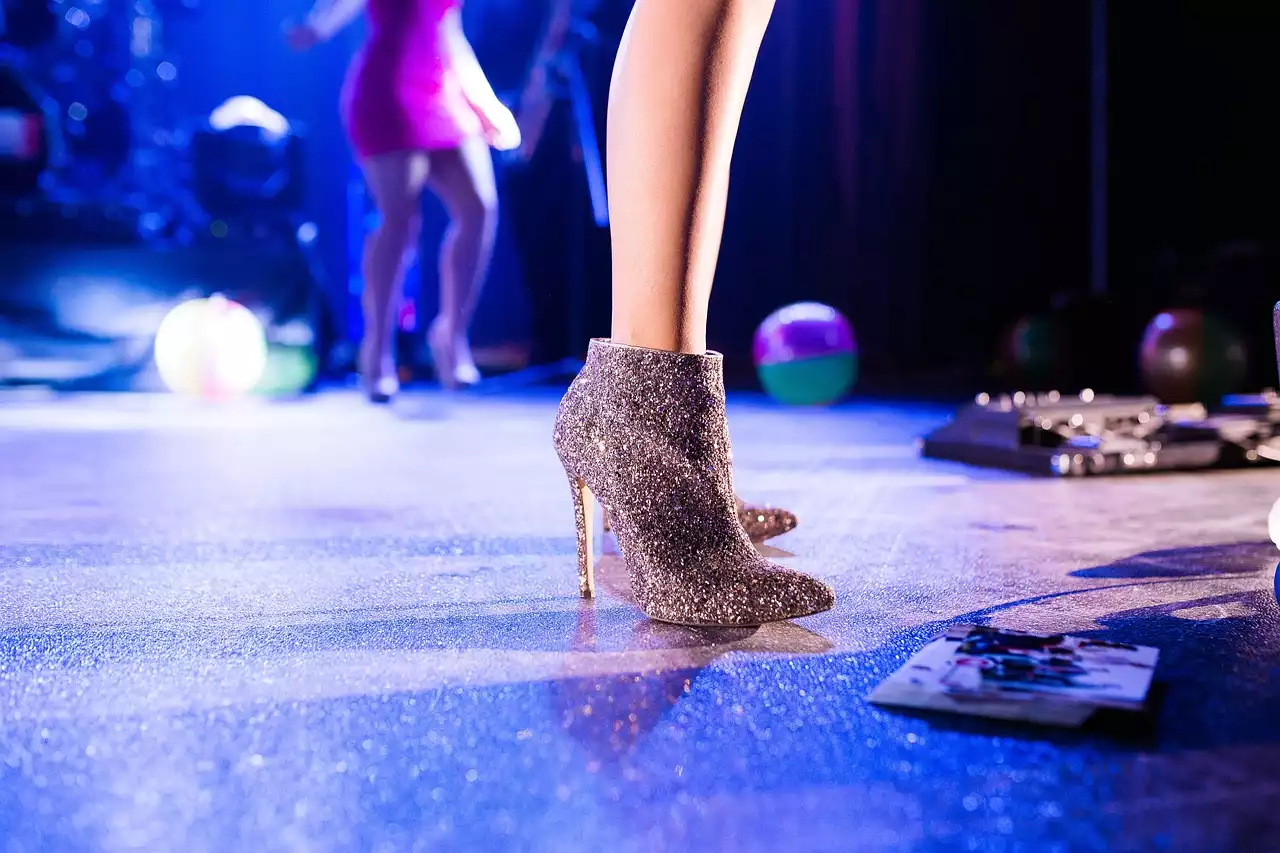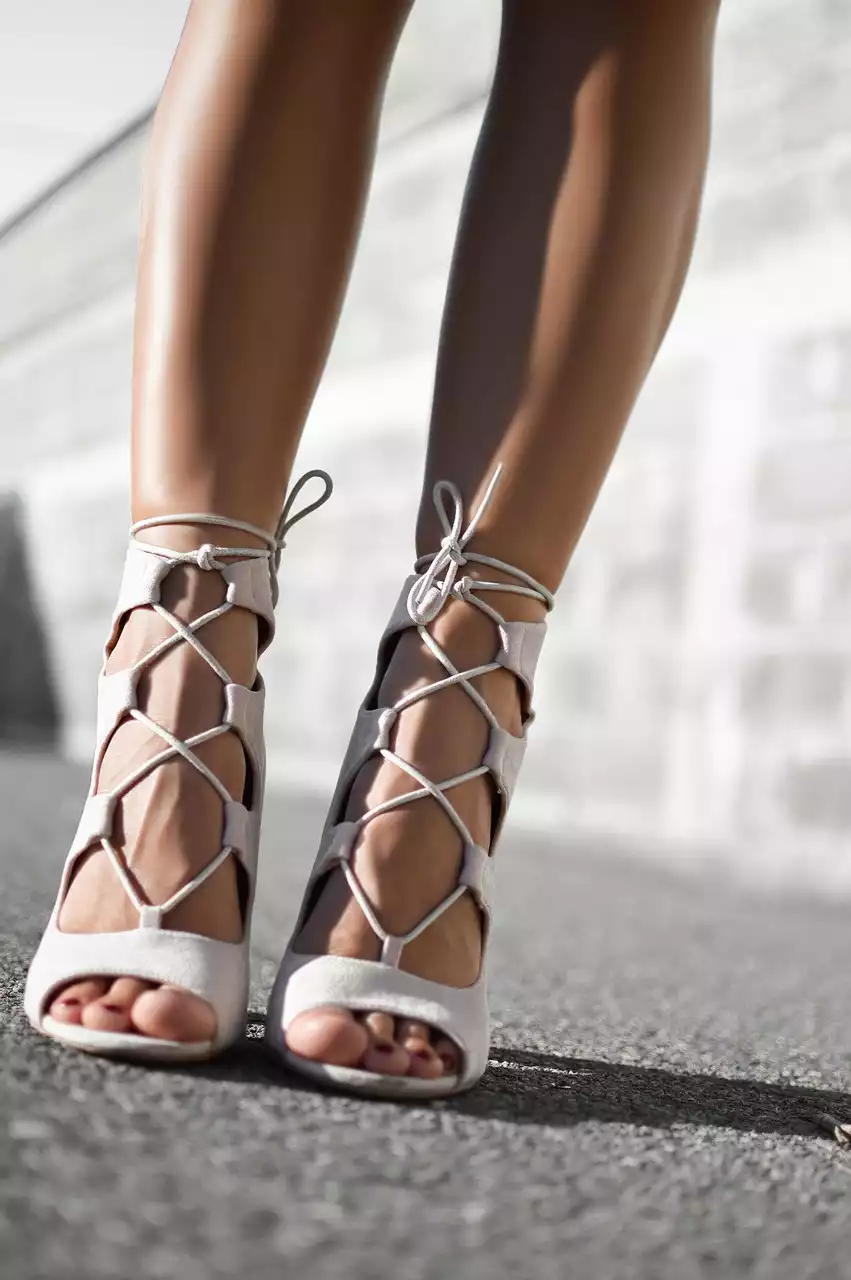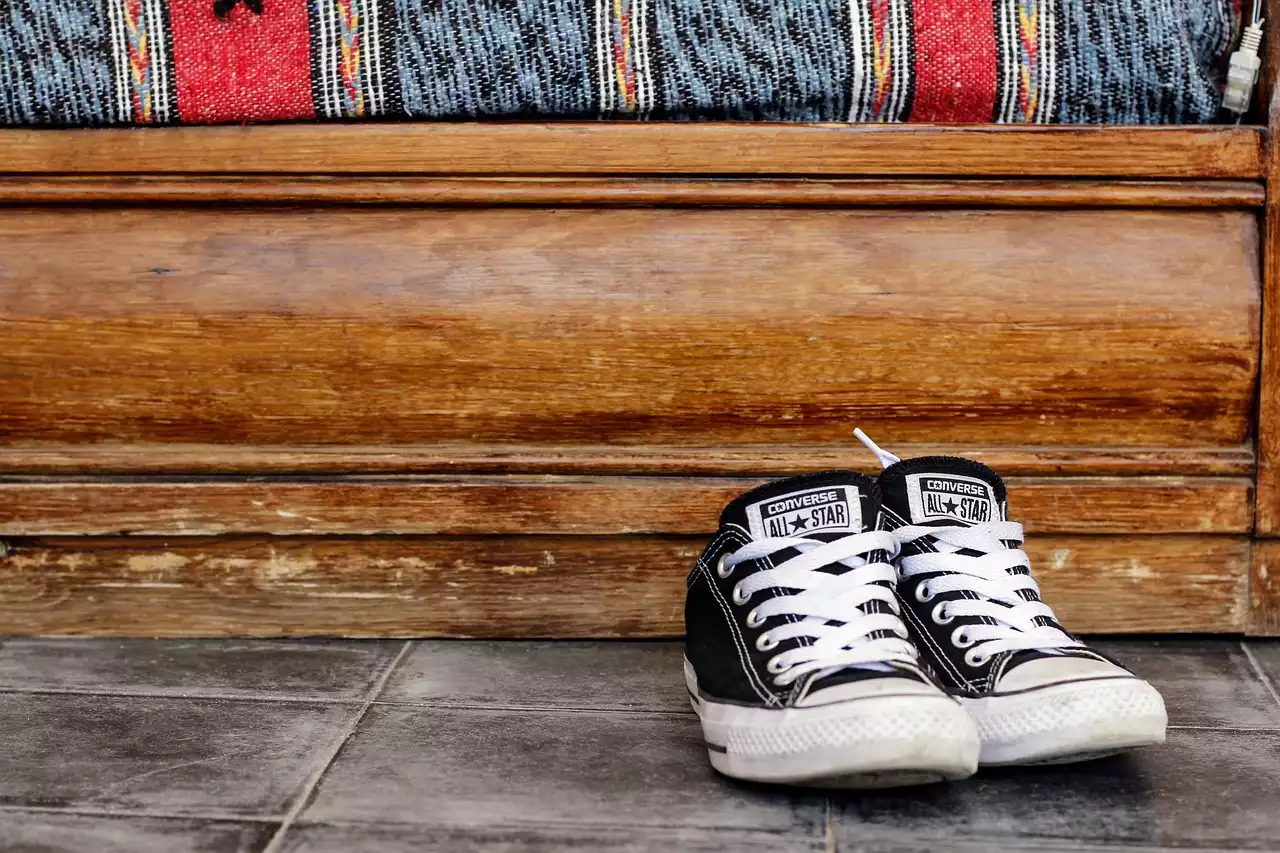Types of Women's Shoes and Their Effects on Feet and Posture
Women's shoes come in various styles, each with its own unique characteristics that can affect our feet and posture. From high heels to flats, every shoe style has its pros and cons. Here's a closer look at some of the most popular women's shoes and how they can impact our feet and posture.
High Heels and Their Impact on the Body
High heels have been a staple in women's fashion for centuries, and they continue to be popular today. While high heels can make your legs look longer and your body more slender, they can also cause a host of problems. High heels shift your body weight forward, which can put excessive pressure on the balls of your feet, causing pain and discomfort. The angle of the foot in high heels also shortens the calf muscles, which can lead to tightness and discomfort in the lower legs. In addition, high heels can alter your gait, causing you to take shorter, more rapid steps, which can lead to back pain and other issues.
However, it's not all bad news for high heels. When worn in moderation and with the proper technique, high heels can actually improve your posture. High heels force you to stand up straighter, which can help align your spine and reduce the risk of back pain. They can also help tone your calf muscles, making them stronger and more defined.
Flats and Their Impact on the Body
Flats are a popular choice for women who want comfortable and practical shoes. While flats may seem like the perfect solution to high heels, they can also cause problems. Flat shoes provide little to no arch support, which can lead to pain and discomfort in the feet and legs. Without proper arch support, the feet can roll inward or outward, causing the knees to twist and the hips to tilt, leading to poor posture and an increased risk of injury.
However, there are benefits to wearing flats as well. Flat shoes can help strengthen the muscles in your feet and ankles, which can improve balance and stability. They can also help prevent foot problems such as blisters and calluses.
Sneakers and Their Impact on the Body
Sneakers are the go-to shoe for many women, especially those who are active or on their feet all day. While sneakers are comfortable and provide good support, they can also cause problems if not worn properly. Sneakers with too much cushioning can cause your foot to sink in, which can lead to instability and an increased risk of injury. Sneakers with too little cushioning can cause shock to travel up your legs, leading to pain and discomfort in your feet, knees, and hips.
However, when worn properly, sneakers can be an excellent choice for women's shoes. Good quality sneakers can provide excellent shock absorption and support, which can reduce the risk of injury and improve your overall comfort. They can also help improve your posture by providing good arch support.
Choosing the Right Shoes for Different Occasions
Choosing the right shoes for different occasions is essential for maintaining healthy feet and posture. Here are some tips for choosing the right shoes for different occasions.
Work
If you work in an office environment, you'll want to choose shoes that are both comfortable and professional. Look for shoes with a low to medium heel, good arch support, and a cushioned sole. Avoid high heels and flat shoes without proper support.
Casual
For casual occasions, such as running errands or going for a walk, choose comfortable shoes with good arch support and cushioning. Sneakers or flat shoes with a supportive sole are a good choice.
Formal
For formal occasions, such as weddings or galas, choose shoes that are both elegant and comfortable. Look for shoes with a medium heel, good arch support, and a cushioned sole. Avoid high heels that are too high or too narrow.
Tips for Maintaining Healthy Feet and Posture
Maintaining healthy feet and posture is essential for overall well-being. Here are some tips for keeping your feet and posture healthy.
Wear the Right Shoes
Choose shoes that are both comfortable and supportive. Avoid shoes that are too tight, too loose, or without proper support.
Stretch Regularly
Stretching can help improve flexibility and reduce the risk of injury. Make sure to stretch your feet, legs, and back regularly.
Exercise
Regular exercise can help improve posture and reduce the risk of injury. Make sure to include exercises that target your feet, legs, and back.
Maintain a Healthy Weight
Excess weight can put extra stress on your feet and joints, leading to pain and discomfort. Maintaining a healthy weight can help reduce the risk of foot and joint problems.
See a Podiatrist
If you're experiencing foot pain or discomfort, see a podiatrist. A podiatrist can help diagnose and treat foot problems, as well as provide advice on proper footwear and foot care.
Common Foot Problems Caused by Wearing the Wrong Shoes
Wearing the wrong shoes can lead to a variety of foot problems, including:
Blisters
Blisters are caused by friction between your foot and your shoe. Wearing shoes that are too tight or too loose can cause blisters.
Corns and Calluses
Corns and calluses are thickened areas of skin caused by pressure or friction. Wearing shoes without proper support can cause corns and calluses.
Plantar Fasciitis
Plantar fasciitis is a condition that causes pain in the heel and bottom of the foot. It's caused by inflammation of the plantar fascia, a thick band of tissue that connects the heel to the toes. Wearing shoes without proper support can cause plantar fasciitis.
Bunions
Bunions are bony bumps that form on the joint at the base of the big toe. They're caused by pressure on the joint, which can be caused by wearing shoes that are too tight or too narrow.
How to Alleviate Foot Pain Caused by Shoes
If you're experiencing foot pain caused by shoes, there are several things you can do to alleviate the pain:
Rest
Take a break from wearing the shoes that are causing the pain. Give your feet a chance to rest and heal.
Ice
Apply ice to the affected area to reduce inflammation and pain.
Stretch
Stretch your feet and legs regularly to improve flexibility and reduce pain.
Massage
Massage the affected area to improve circulation and reduce pain.
See a Podiatrist
If the pain persists, see a podiatrist. A podiatrist can help diagnose and treat foot problems, as well as provide advice on proper footwear and foot care.
The Importance of Proper Footwear for Women's Health
Proper footwear is essential for maintaining healthy feet and posture. Wearing the wrong shoes can lead to foot problems, back pain, and other issues. By choosing shoes that are both comfortable and supportive, and by maintaining good foot care habits, women can improve their overall health and well-being. So, the next time you're shopping for shoes, remember the science behind women's shoes and choose wisely. Your feet and body will thank you for it.
